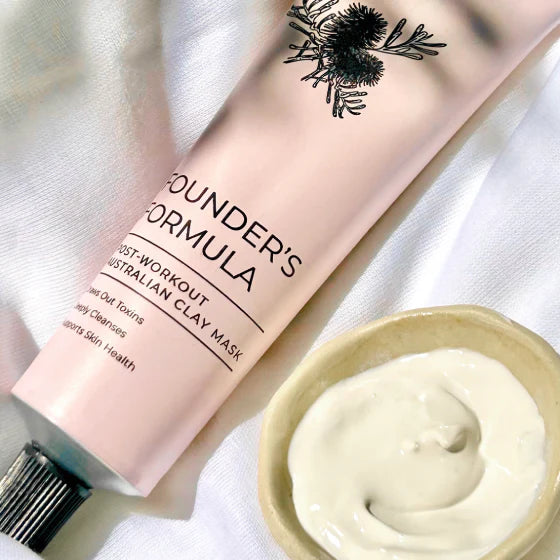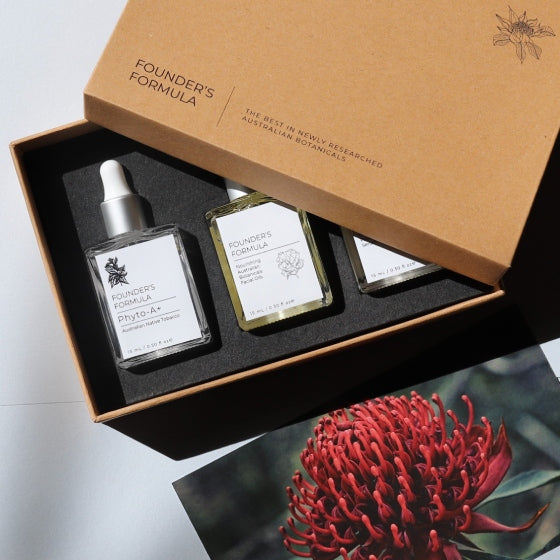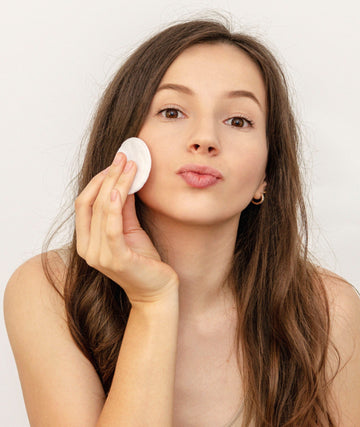Vitamin C serum is one of those skincare items that almost everyone has heard about, but not everyone is using the right way. Whether you're trying to brighten dull skin, even out your tone, or just get that extra glow, this serum packs a punch. Still, if it’s mixed incorrectly or paired with the wrong products, it can lose its impact or even irritate your skin.
That’s why learning what not to do with vitamin C serum is just as important as knowing what it can do for your skin. Avoiding the wrong combinations and storage habits will help protect your skin barrier and make your routine more effective. Most mistakes are easy to fix and often happen without people even realising. Let’s go through how to use it wisely and what to steer clear of to get the most out of your routine.
Understanding Vitamin C Serum
Vitamin C serum is a lightweight product designed to brighten, hydrate, and support your skin’s barrier over time. It works by helping to neutralise surface-level environmental stress and encouraging smoother, more even skin. That glow people talk about? That comes from consistency and a quality formula that uses stable, effective forms of vitamin C.
There are a few different types of vitamin C used in skincare, like L-ascorbic acid and sodium ascorbyl phosphate. Each has its own level of stability and strength. When added to botanical ingredients such as Kakadu Plum, finger lime, or snowflower extract, the serum can take on new layers of benefits. These natural actives carry phytonutrients that support hydration and help soften dullness without overloading your skin.
To make the most of any serum, your skin has to be ready to receive it. That doesn’t mean applying more. It means choosing a formula that’s well-suited to your skin type. Think of it like picking the right kind of sunscreen. One size doesn’t fit all, and the same goes here. If your serum sits well on the skin, absorbs without irritation, and gives you a boost over time, you’re on the right track.
Common Mistakes When Mixing Vitamin C Serum
Mixing vitamin C serum might sound harmless, but some ingredient pairings and habits can do more harm than good. Many people use it with products that reduce its strength or apply it in ways that cause dryness or irritation. Here are some common missteps to watch out for:
1. Layering it with the wrong ingredients
- Benzoyl peroxide can break down vitamin C quickly, making it less effective
- Combining it with retinol in the same routine can lead to irritation, especially on sensitive skin
- Using exfoliating acids like glycolic at the same time can strip the skin and cause redness
2. Poor storage habits
- Vitamin C is unstable when exposed to light or air. If your serum changes colour, usually turning darker or orange, it’s likely oxidised
- Always check if the packaging is airtight and tinted. Keep it away from direct sunlight and humidity
3. Applying too much or too often
- It’s tempting to think more means better, but overusing it can disrupt your skin barrier and lead to flaking or dryness
- Most people only need a few drops, once a day. If your skin’s new to vitamin C, start with every other day, then build up
Being mindful of these mistakes helps your serum work the way it’s meant to. With the right approach, you’ll notice clarity and hydration over time without the trial-and-error frustrations.
Tips For Correctly Using Vitamin C Serum
Getting the most out of your vitamin C serum isn’t about complicated routines or fancy techniques. A few smart habits can go a long way. Whether you’re new to using it or trying to fix past mistakes, a clear step-by-step approach puts you on the right track.
Here’s a simple routine to follow:
1. Wash your face with a gentle, non-stripping cleanser
2. Pat your skin dry but leave it slightly damp. This can help with serum absorption
3. Apply 2–3 drops of vitamin C serum to your face and neck using your fingertips. Avoid rubbing harshly
4. Let the serum sink in for a minute or two
5. Follow with a moisturiser to lock in hydration
6. Finish with sunscreen in the morning. Vitamin C boosts sun protection but shouldn’t replace SPF
If you're layering with other products, always apply thinner textures first, followed by heavier ones. Vitamin C usually goes on first after cleansing, unless you're using a toner or essence that’s even lighter.
It’s also best used once a day, usually in your morning routine. That way, you get its brightening benefits as you go through the day. If your skin tends to be sensitive, try using it every other day until your skin builds tolerance. And never mix it in the same step with products that contain strong acids or retinoids. If those ingredients are part of your routine, use them at night instead.
Everyone’s skin is different, so some trial and adjustment is natural. But sticking with a clean and simple rhythm helps your skin stay calm while reaping the benefits. It’s all about being gentle, listening to your skin, and trusting the process.
Benefits Of Choosing Botanical-Based Vitamin C Serums
Botanical-based serums go a step further by pairing vitamin C with plants that naturally support skin health. These ingredients aren’t just there to sound fancy. They bring added hydration, antioxidants, and calming effects, which are especially useful if your skin leans dry, tired, or uneven.
Some common Australian botanicals used with vitamin C include:
- Kakadu Plum: Native to the Northern Territory, it’s packed with nutrients and works beautifully as a skin brightener
- Finger Lime: Known for helping refine texture and reduce surface roughness
- Snowflower: Offers softening and calming properties, great for red or reactive skin
When your serum includes ingredients like these, you're not just fighting dullness. You’re nourishing your skin overall. A good blend feels lighter than heavier synthetic products and often suits a wider range of skin types.
These plant-based actives also support hydration, which matters most during the transitional seasons like spring. Drier skin types, in particular, respond well when hydration sits alongside brightening ingredients. Whether you’re prepping for warmer weather or managing shifts in your environment, botanical serums tend to be more forgiving and balanced.
One example would be someone who switched from a plain vitamin C product to one with Kakadu Plum and noticed not just brighter skin, but smoother texture and fewer flareups. That happens because these plants do more than one job. They work with your skin’s natural rhythm.
Reap the Benefits of Proper Skincare with Founder's Formula
Getting skincare right doesn’t mean buying everything in sight or following ten-step routines. Sometimes, it just comes down to understanding how products work together and choosing ingredients that support your skin, not fight against it.
Excess layering, poor timing, and skipping protections like sunscreen can erase the good work that your serum does. But when you combine smart use with a formulation rooted in plants known for their benefits, you set your skin up for comfort, clarity, and glow, especially during seasonal transitions.
Your skin tells you when something works. It looks calmer, feels smoother, and starts holding on to hydration longer. These small wins add up. When you pay attention to how ingredients interact and respect your skin’s pace, the changes can be visible over time without the trial-and-error stress.
Revitalise your skincare routine with Founder's Formula and discover the perfect balance for your skin. Enhance your daily ritual with our plant-based moisturiser that partners beautifully with our botanically enriched vitamin C serum. Embrace hydration and radiance, and let the natural ingredients work harmoniously to reveal softer, brighter skin. Trust the power of nature and feel the transformation unfold.








